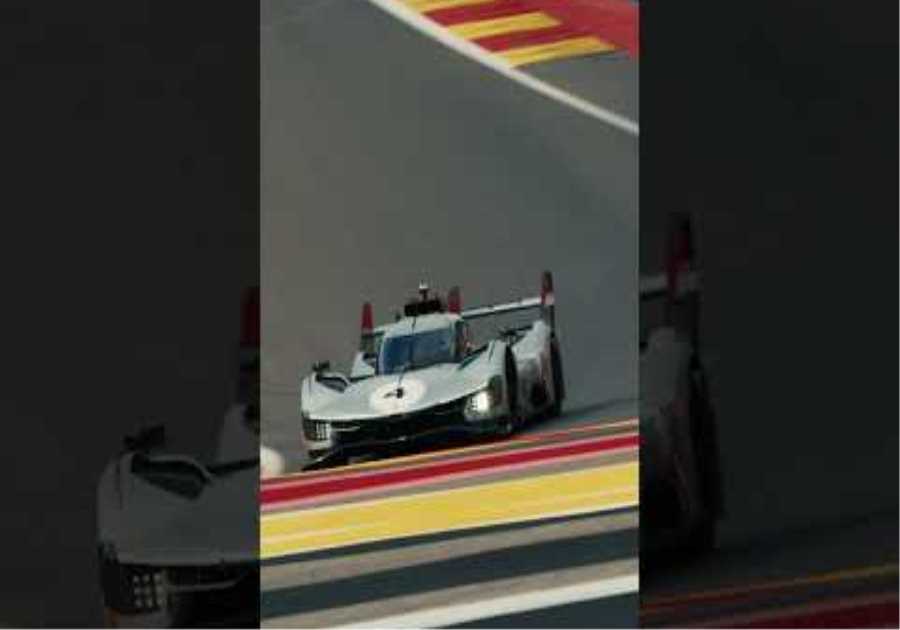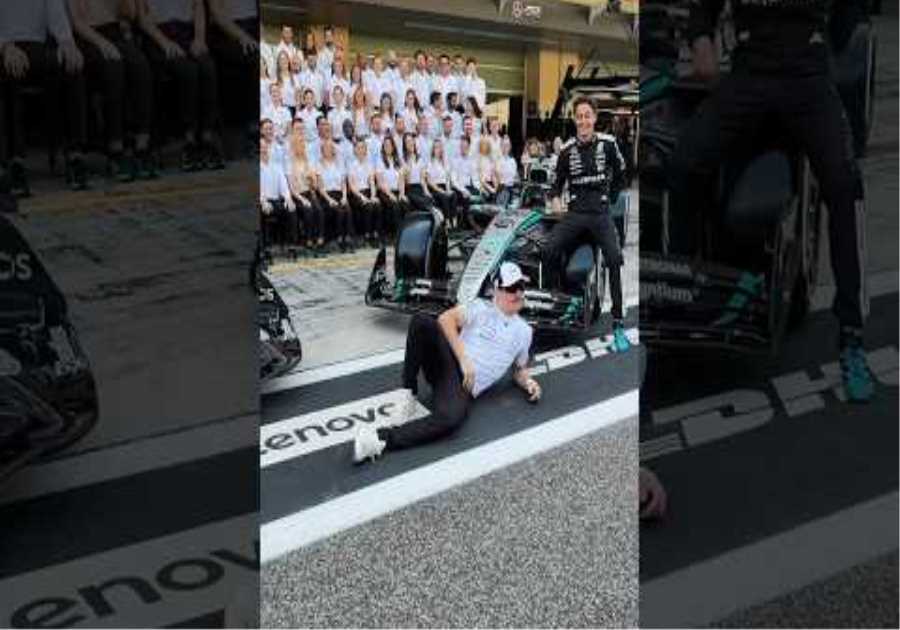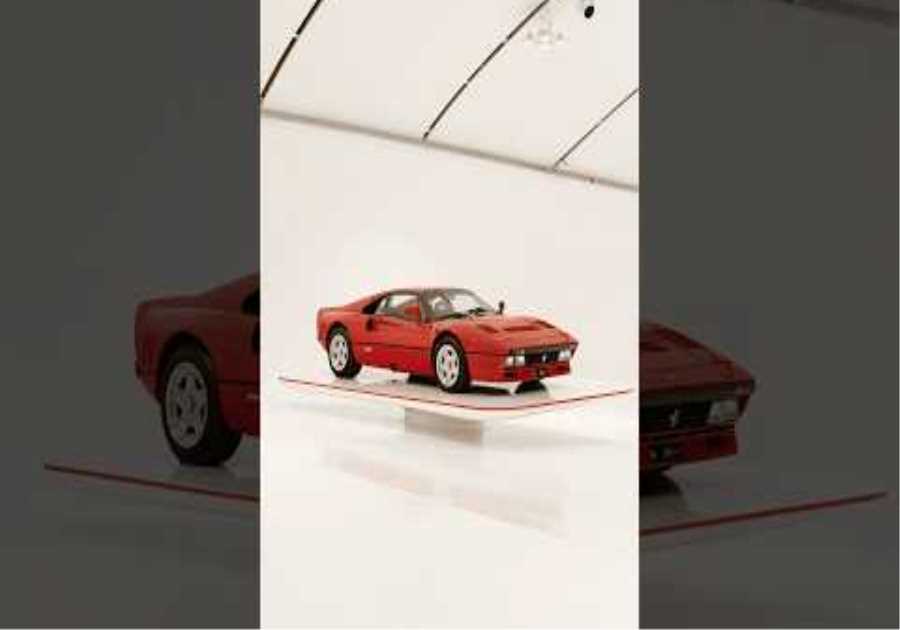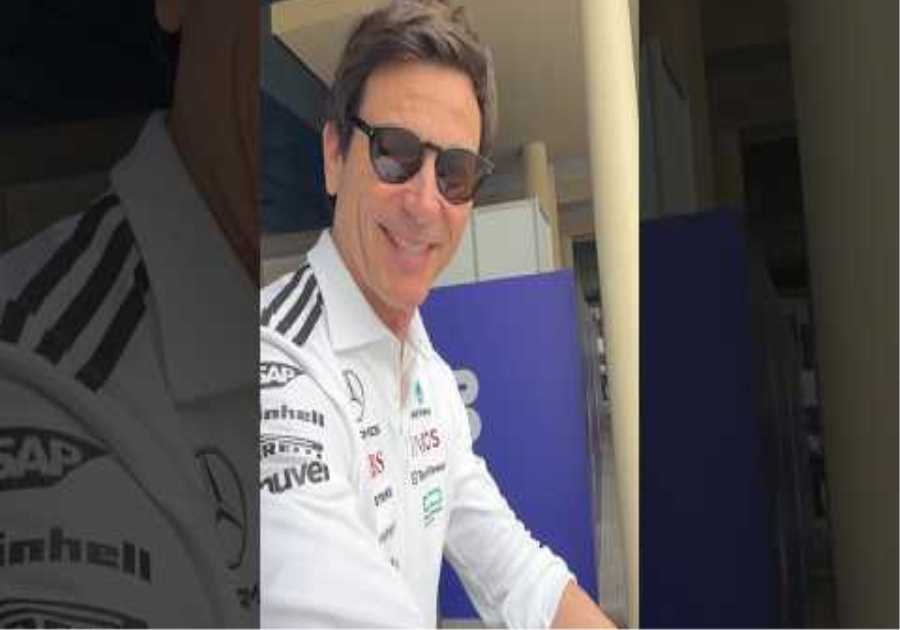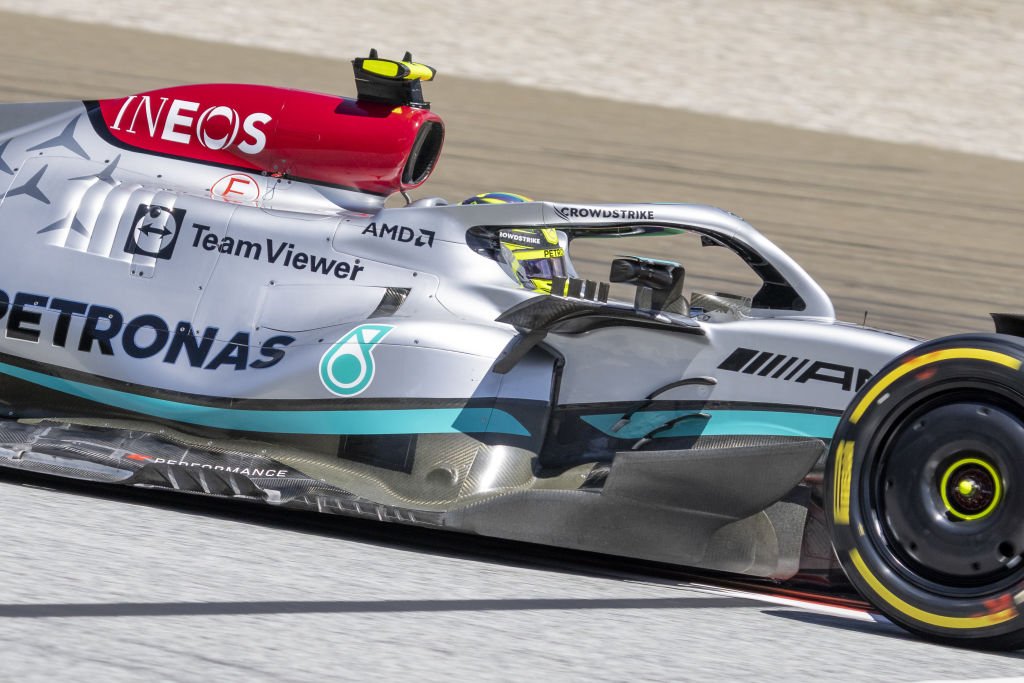
Who was actually responsible for introducing the halo into F1 back in 2018? What were some of the other options considered before it was implemented?
From every accident in F1 – and motorsport in general – it is possible to learn from what happened.
Whether it be how the driver was protected, or why a barrier failed, there are always lessons to learn and an advance in safety possible.
Perhaps the biggest advance in F1 driver safety was the adoption of the halo cockpit head protection system, made mandatory for the 2018 season.
Some figures, including Lewis Hamilton, Romain Grosjean and Toto Wolff were against the implementation of the halo – Wolff even saying he’d take a chainsaw to it.
However, the halo has since saved numerous lives in F1, F2 and F3 – including Hamilton, Grosjean, Charles Leclerc and Zhou Guanyu in F1.
But who was actually responsible for inventing the halo in F1? What other systems were tested before it was implemented?
- TRENDING: What the roll over hoop is in F1 as Zhou Guanyu survives British GP accident
Photo by Jose Breton/Pics Action/NurPhoto via Getty Images
Who invented the halo in F1?
When the idea of cockpit head protection in F1 was first floated, teams came up with their own designs of what could be possible.
The rough first iteration of the halo, and who invented it, was actually the Mercedes F1 team back in 2015 – despite team boss Wolff’s rather public rubbishing of the device.
The FIA eventually decided that the halo would be the way they would go, and began on-track testing with the device in the 2016 and 2017 seasons as well as tests away from the track.
Photo by Clive Mason/Getty Images
This included firing wheels at the device to see how it would potentially protect the driver in such an accident.
It was made mandatory in 2018, with the Australian Grand Prix being the first race to ever use cockpit head protection in F1 – and filtered down into F2 and F3.
What else was considered?
The two main candidates the halo went up against were the aeroscreen and a shield.
Developed by Red Bull technologies, the aeroscreen was tested by Daniel Ricciardo at the 2016 Russian Grand Prix – and a more refined version of it was later introduced into IndyCar in the United States.
Photo by Clive Mason/Getty Images
As for the shield, Sebastian Vettel ran with it in practice for the 2017 British Grand Prix for Ferrari – but complained it made him feel sick and dizzy after just a single lap of Silverstone.
- TRENDING: The F1 world champion who pushed for the halo after his son was killed in F2
Photo by Clive Mason/Getty Images
In other news, James Caan has five children but only one of them is famous


